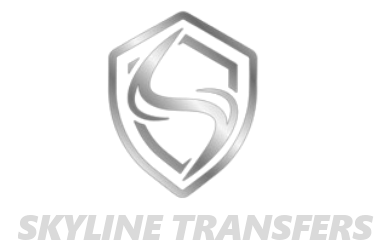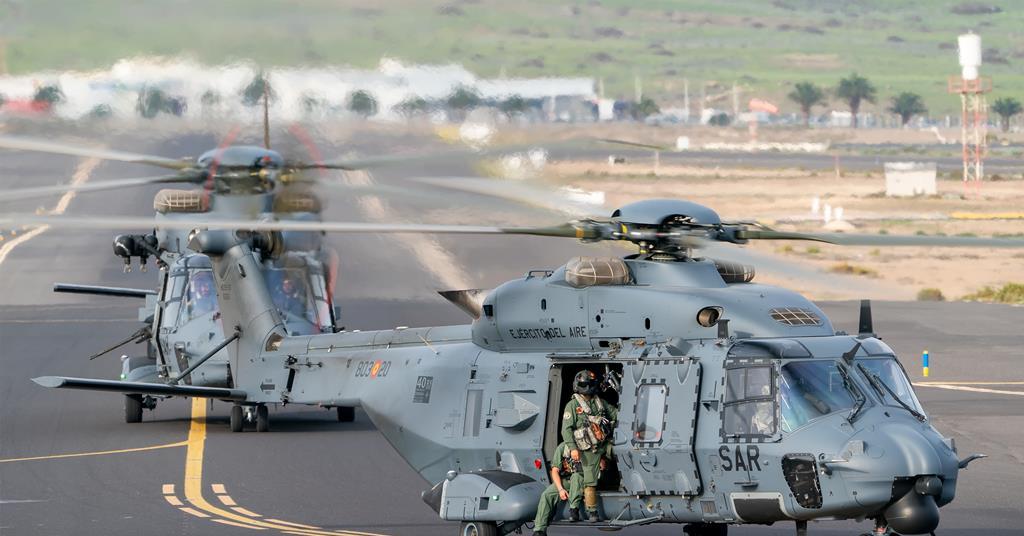Dash 8’s lights would have blended with runway centreline before A350 collision: inquiry
Company
Legal Links
Contact
- +44 7947 753363
- contact@skylineairporttransfers.co.uk
- 6 Walsall Street Bilston Wolverhampton WV14 0AT
Recent Posts
© Skyline Airport Transfers. Created by![]() Beaphoenix WebDesign ltd
Beaphoenix WebDesign ltd
Popular Locations:
Birmingham: Aston, Bournville, Edgbaston, Erdington, Great Barr, Hall Green, Handsworth, Harborne, Northfield, Quinton, Soho, Sutton Coldfield, Amblecote, Brierley Hill, Coseley, Cradley, Gornal, Halesowen, Kingswinford, Lye, Netherton, Sedgley, Stourbridge, Quarry Bank, Bearwood, Blackheath, Cradley Heath, Great Bridge, Old Hill, Rowley Regis, Smethwick, Tipton, Tividale, Wednesbury, West Bromwich, Balsall Common, Bickenhill, Castle Bromwich, Chelmsley Wood, Dorridge, Elmdon, Hampton in Arden, Kingshurst, Knowle, Marston Green, Meriden, Monkspath, Hockley Heath, Shirley, Aldridge, Birchills, Bloxwich, Brownhills, Darlaston, Leamore, Palfrey, Pelsall, Pheasey, Shelfield, Streetly, Willenhall, Bilston, Blakenhall, Bushbury, Compton, Ettingshall, Heath Town, Oxley, Penn, Tettenhall, Wednesfield, Burntwood, Lichfield, Cannock, Rugeley, KIDDERMINSTER, Brierly Hill,
STOURPORT-ON-SEVERN
Coventry: Allesley, Binley, Keresley, Stoke, Tile Hill
Leicester: Abbey Rise, Ashton Green, Aylestone, Beaumont Leys, Bede Island, Belgrave, Blackfriars, Braunstone, Braunstone Frith, Bradgate Heights, Clarendon Park, Crown Hills, Dane Hills, Evington, Evington Valley, Eyres Monsell, Frog Island, Goodwood, Hamilton, Highfields, Horston Hill, Humberstone, Humberstone Garden, Kirby Frith, Knighton, Mowmacre Hill, Netherhall, Newfoundpool, New Parks, North Evington, Northfields, Rowlatts Hill, Rowley Fields, Rushey Mead, Saffron, Southfields, South Knighton, Spinney Hills, Stocking Farm, Stoneygate, St. Matthew’s, St. Mark’s, St. Peters, Thurnby Lodge, West End, West Knighton, Western Park, Woodgate
Derby: Matlock, Ripley, Ashbourne, ILKESTON, SWADLINCOTE , BURTON-ON-TRENT, BAKEWELL,
ALFRETON, BELPER, HEANOR
Telford: Market Drayton, Newport, Shifnal, Broseley, Much Wenlock
Stoke: Stoke-on-Trent, Newcastle, Leek, Uttoxeter, Stone, Stafford
Worcester: Worcester, Droitwich, Pershore, Broadway, Evesham, Malvern, Tenbury Wells
Gloucester: Gloucester, Cheltenham, Stroud, Cirencester, Tewkesbury, Badminton, Berkeley, Blakeney, Chipping Campden, Cinderford, Coleford, Drybrook, Dursley, Dymock, Fairford, Lechlade, Longhope, LydbrookLydney, Mitcheldean, Moreton-in-Marsh, Newent, Newnham, Ruardean, Stonehouse, Tetbury, Westbury-on-Severn, Wotton-under-Edge.
Nottingham: Nottingham, Sutton-in-Ashfield, Mansfield, Newark, Southwell, Grantham, Sleaford
Leicester: Leicester, Hinckley, Loughborough, Melton Mowbray, Oakham Market, Harborough, Lutterworth, Wigston, Ashby-de-la-Zouch, Ibstock, Markfield
Oxford: Oxford, Kidlington, Chipping Norton, Thame, Wallingford, Didcot, Wantage, Abingdon, Banbury, Carterton, Woodstock, Bicester, Witney, Chinnor, Watlington
Chester: Chester, Deeside, Bagillt, Buckley, Holywell, Birkenhead, Preston, Wallasey, Wirral, Neston, Ellesmere Port, Prenton
Airports we serve:
BHX: Birmingham Airport
EMA: East Midlands Airport
LHR: London Heathrow Airport
MAN: Manchester Airport
LGW: London Gatwick Airport
LTN: London Luton Airport
SOU: Southampton Airport
BRS: Bristol Airport
LPL: Liverpool John Lennon Airport
LCY: London City Airport
STN: London Stansted Airport



White lighting on a De Havilland Dash 8 would have blended in with surrounding runway lights, rendering it difficult to see before the aircraft was struck by a landing Airbus A350 at Tokyo Haneda a year ago.
Japanese investigators probing the fatal 2 January 2024 collision have conducted simulations of the A350 pilots’ cockpit view of runway 34R, pointing out that the Dash 8 was aligned with the centreline about 150m beyond the A350’s aiming point.
The simulations, carried out in April and August last year, included depiction of the Dash 8 whose crew was preparing for take-off, having strayed onto the runway unaware of the A350’s approach.
Japan Transport Safety Board says the Dash 8’s position meant its upper and lower tail lights – both white – as well as its white anti-collision strobe would have been visible from behind. But they were all “roughly in the same line” as the 34R centreline lights.
The runway also featured white touchdown zone lighting either side of the centreline in the same area.
JTSB says the Japan Airlines A350 had three pilots in the cockpit: the first officer, who was flying and undergoing A350 route training, the captain who was instructing, plus a safety pilot in the jump-seat who was required under the carrier’s training regulations.
Over the course of the flight both the captain and first officer used their head-up displays, including during the final approach.
The inquiry says the crew was using one of the ‘de-clutter’ modes on the head-up display, to reduce the amount of information presented, adding that the brightness of the symbols can be reduced.
Simulations indicated that the flight path vector on the head-up display was “near the aiming point”, roughly abeam of the precision-approach path indicator lamps, until the aircraft’s flare for touchdown.
The simulation exercises also used eye-tracking to check the pilots’ eye movements, and the inquiry says they showed the crew used conventional cockpit instruments as well as the head-up display.
While the inquiry says the crew did not see the Dash 8 before touchdown – as evidenced by the absence of a go-around attempt – it has yet to draw final conclusions.
But it says a number of factors could have contributed to the pilots’ not being aware of the Dash 8’s presence, other than the blending of its white lights with the runway lighting.
The accident occurred past sunset and twilight, and the moon had not risen, says the inquiry.
It adds that the crew had been cleared to land, and would therefore have expected the runway not to be occupied.
Not only were the pilots engaged in a training scenario, they were also concerned about a possible change in wind direction, and consequently airspeed, during final approach. The inquiry adds that the crew, including the safety pilot, was monitoring air traffic control and heard “no communication that could have raised concerns” about runway 34R being used by other aircraft.
Source link
Share This:
admin
Plan the perfect NYC Memorial Day weekend
Pack only what you need and avoid overpacking to streamline the check-in and security screening…
LA’s worst traffic areas and how to avoid them
Consider using alternative routes, such as Sepulveda Boulevard, which runs parallel to the 405 in…
Spain formalises 100-unit order with Airbus Helicopters, becomes H175M launch customer
Spain has formalised a huge order for 100 new military rotorcraft, contracting Airbus Helicopters for…
Hydraulic sequencing and ice left 757 freight door unsecured before it opened in flight
German investigators have determined that a complex interaction of hydraulic, mechanical and icing problems resulted…
New-build Tu-214 emerges from Kazan production site
United Aircraft has shown off a newly-built Tupolev Tu-214, the twinjet type which is part…
SmartLynx Airlines closure leaves fate of sister Estonian and Maltese carriers unclear
SmartLynx Airlines’ operations in Estonia and Malta have followed the wet-lease specialist’s Latvian arm and…
Norse Atlantic cancels proposed follow-up share offering
Scandinavian operator Norse Atlantic has cancelled a proposed additional offering of shares, because the company’s…
Saab innovation unit The Rainforest details 2026 flight-test plan for Ruby vehicle with ‘software-defined fuselage’
Saab’s internal innovation start-up The Rainforest will fly an unmanned platform next year employing what…
Vueling flight data supports validation of European gate-to-gate emissions model
Flight-data monitoring from Spanish carrier Vueling has been used to validate a European methodology for…
KLM Cityhopper starts putting increased-capacity E195-E2s into service
Dutch carrier KLM’s Cityhopper division has started operating Embraer 195-E2 twinjets with increased capacity. The…
Airbus holds on to some older Belugas while preparing for A320neo-family ramp-up
Airbus is intending to keep part of its A300-600ST Beluga fleet in operation until around…
Switzerland to trim Lockheed Martin F-35A purchase, with cost rises leaving 36-unit buy ‘not financially feasible’
Switzerland’s acquisition of Lockheed Martin F-35A stealth fighters will fall short of its contracted 36…